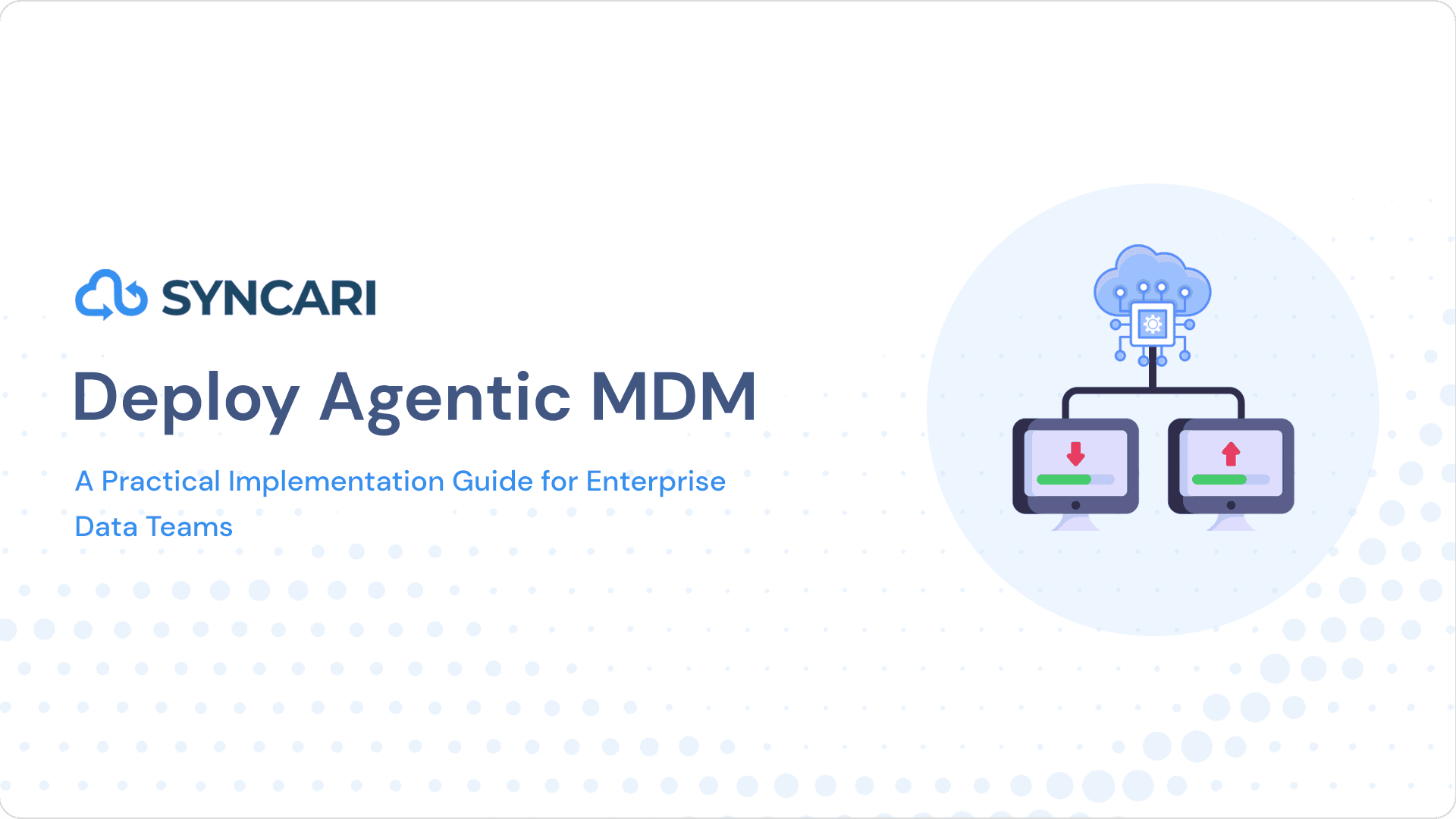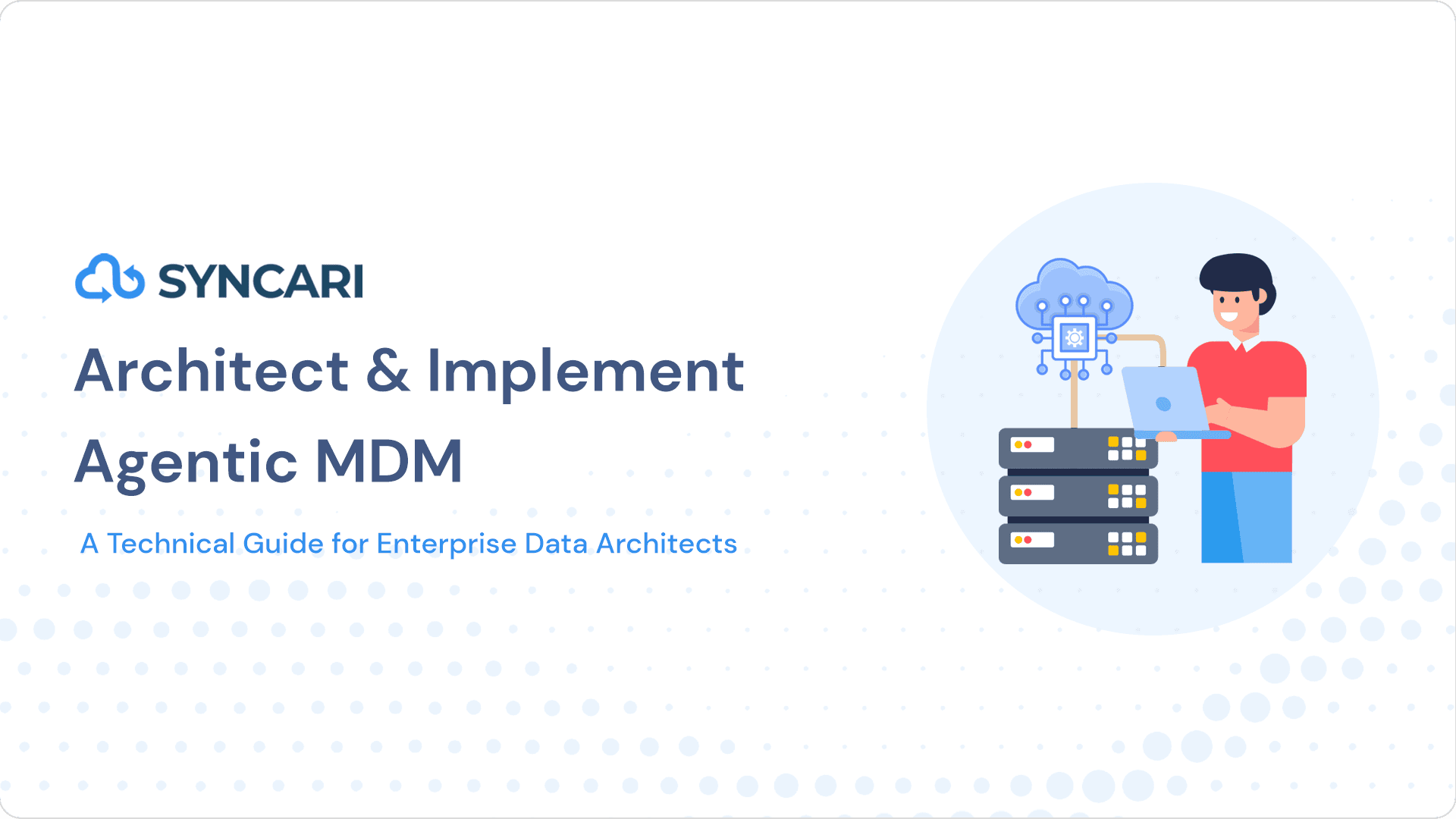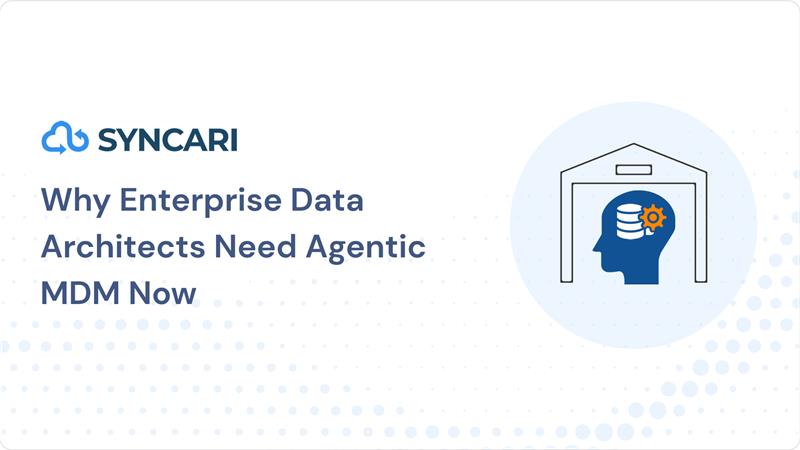Cloud Data integration platforms help streamline operations by unifying data from various sources to cloud services. Companies can make better decisions when they can access all the insights from one platform.
When choosing integration software, you need to select one that provides security and protection for your information and allows you to set up and automate your business processes.
Now that you know how you can benefit from a data integration platform, let’s look at SnapLogic, one of the popular cloud integration platforms. We’ll highlight what they do and top SnapLogic Competitors for you.
SnapLogic: An overview
SnapLogic is a platform as a service (PaaS) company that allows you to automate and integrate your data and applications with an on-premise or cloud-based system.
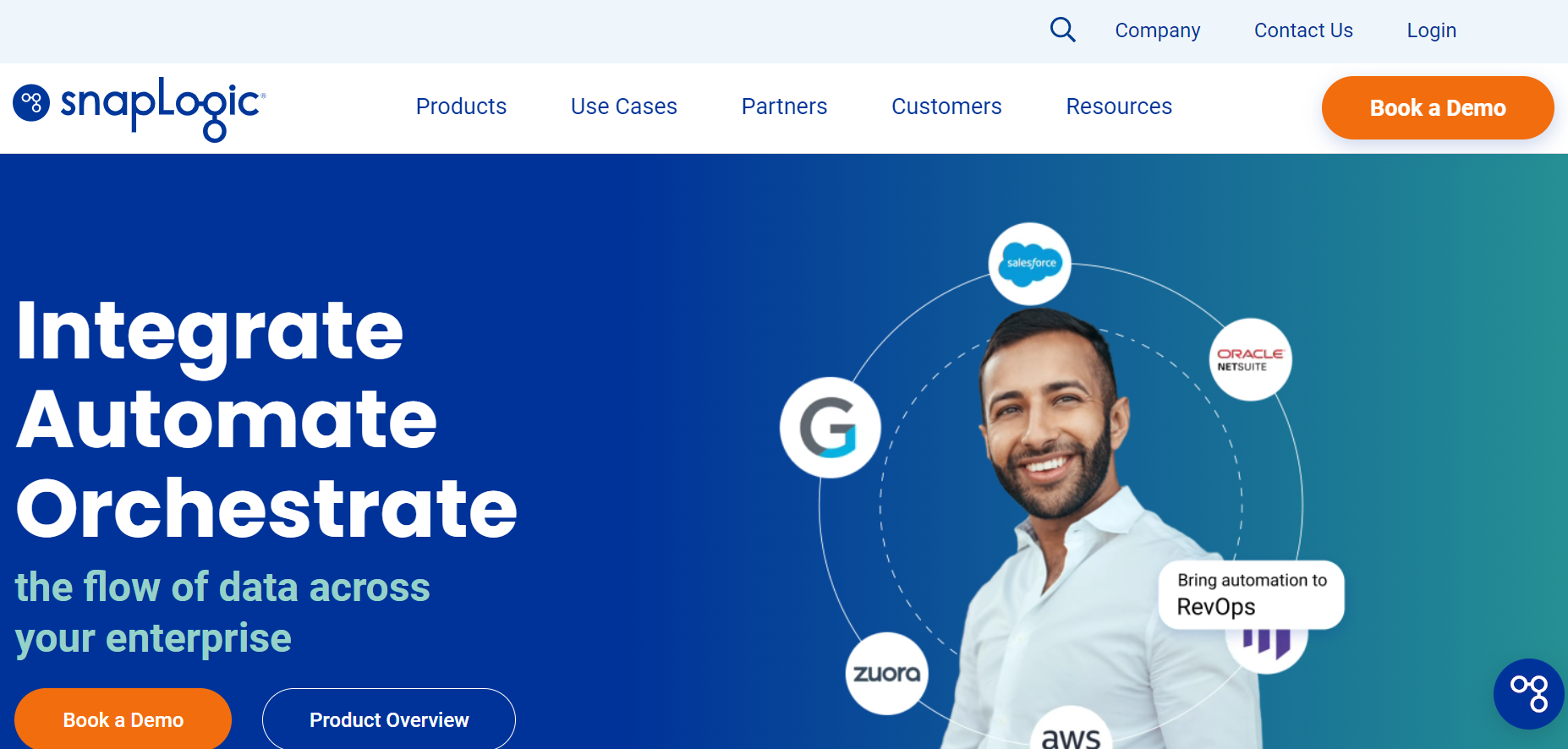
The SnapLogic intelligent integration platform relies on Iris AI, which helps you create new integrations for a streamlined workflow. The AI offers integration suggestions from the ready-to-use templates so that no matter your background or IT skills, you can integrate data from various sources.
How does SnapLogic work?
They offer over 600 pre-built connectors, commonly known as Snaps, and end-to-end integrations called templates that improve the automation process. By leveraging AWS’s security, SnapLogic assures you maximum data protection for your business through security options like encryption and access controls.
Snaplex, also known as SnapLogic’s runtime, connects data across different platforms and applications, while cloud applications and databases use Cloudplex.
Groundplex is a runtime that operates behind the customer’s firewall. Through the provided Snaps, it’s easy to connect various endpoints such as ERP, CRM, Analytics, and other business technologies without knowing how to code or source for a team of developers.
SnapLogic products
As explained above, SnapLogic is an integration platform as a service (iPaaS) that provides a single, unified platform for data integration, application integration, API management, and workflow automation.
However, SnapLogic doesn’t have distinct “products” in the traditional sense, but rather offers various features and capabilities within its platform to meet different integration and automation needs.
Key components of SnapLogic’s platform include:
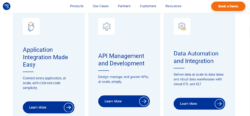
Application Integration
SnapLogic offers a no-code feature that enables you to connect the different cloud-based business applications, databases, APIs, and various data sources your company uses. It optimizes processes by making data accessible and unified by synchronizing it into one platform, saving you money and the time you’d have spent doing the integrations manually.
Overall, SnapLogic allows data to flow seamlessly so systems can communicate well.
API Management and development
Integrating APIs with your products or services is easy using SnapLogic without writing a single line of code. They help you achieve flexibility in API lifecycle management by letting you integrate and publish to external consumers.
SnapLogic API management also provides a dashboard to track your API performance, from response times to errors to the most used APIs.
The Intelligent Integration platform allows you to create APIs running both on the cloud and on-premise services.
Data Integration (ETL/ELT) and Automation
This feature lets you load data into cloud warehouses through a simple drag-and-drop functionality. The user-friendly, drag-and-drop interface enables business users and developers to create integration pipelines without the need for extensive coding knowledge.
As a result, your team can transform data efficiently in one place, create pipelines, and import data from other sources.
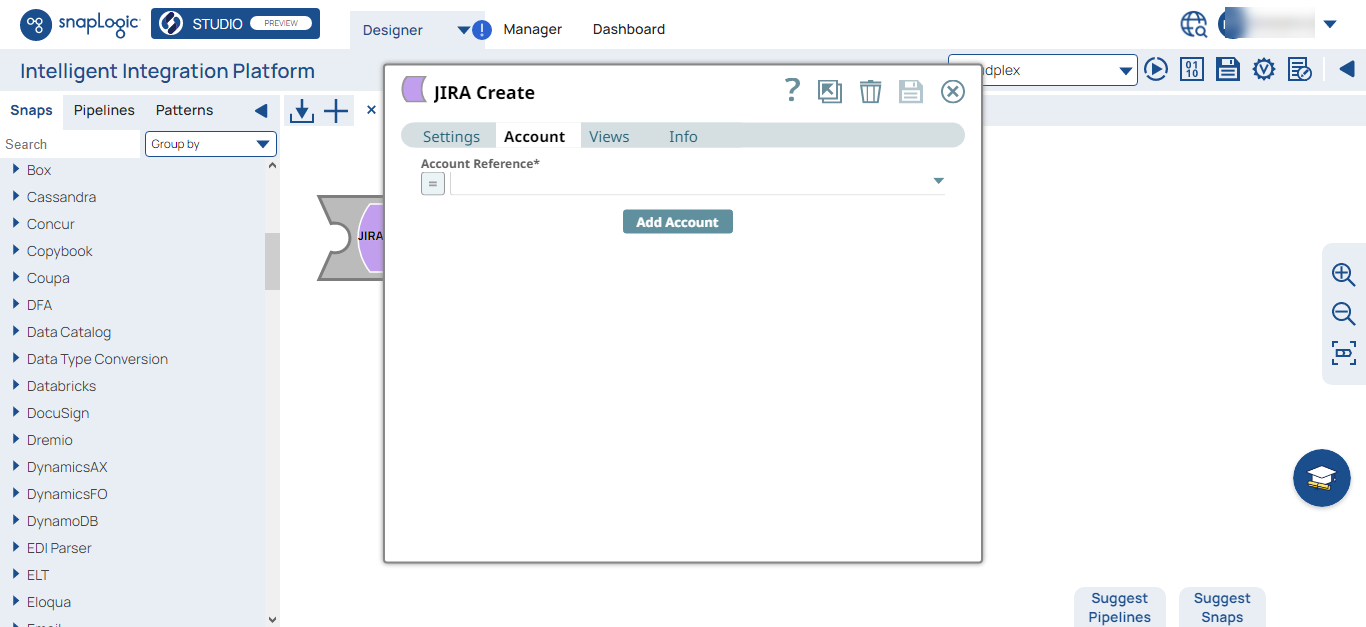
By synchronizing data to a specific cloud warehouse, your business can achieve more through data insights.
Iris Artificial Intelligence
Iris, an AI, uses machine learning to improve integration speed by automating repetitive tasks. It guides you through when you’re building a data pipeline through suggestions, whether it’s on cloud or on-premise data integration.
SnapLogic auto sync
You can harmonize data to any cloud warehouse of your choice in a short time with ready-to-use pipelines that run in minutes. Various teams in your organization can collaborate, share, and access data whenever needed. It’s a cost-effective solution that requires minimal maintenance to make data visible across different teams.
Pre-built snaps
The Snap Intelligent Integration Platform (IIP) helps you connect data from various sources, like applications, devices, machines, databases, and APIs, through ready-made connectors called Snaps.
With this, you save time connecting data sources since you do not have to review API documentation before integration.
Data Transformation
The platform incorporates data transformation capabilities, empowering users to cleanse, enhance, and manipulate data as it flows through integration pipelines.
Real-Time Data Integration
SnapLogic provides robust support for real-time data integration, ensuring immediate synchronization and updates across interconnected systems.
Hybrid Deployment
SnapLogic offers versatile deployment options, including cloud, on-premises, or hybrid configurations, adaptable to the organization’s specific needs and data security prerequisites.

You can visit the SnapLogic website to request a demo and learn more about their pricing plans.

Top 6 SnapLogic Competitors
Below is a curated list of SnapLogic top Alternatives:
1. Zapier
Zapier is an integration platform that lets you integrate web applications and automate workflows. As an automation tool, it allows users to connect and integrate various web applications without the need for coding or complex technical knowledge. It also enables the automation of repetitive tasks by creating “Zaps,” which are automated workflows connecting two or more apps to trigger actions based on specific events.
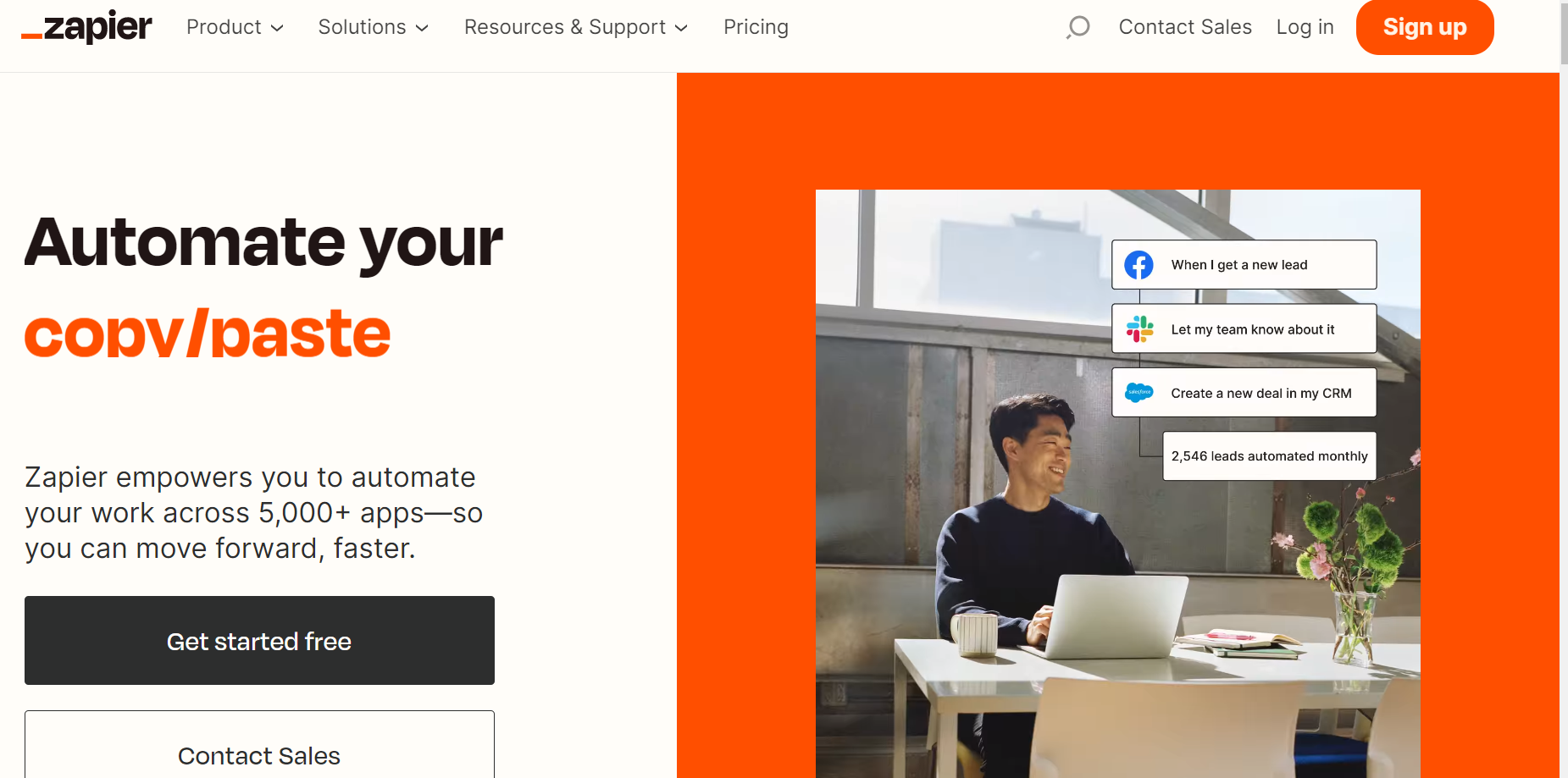
It allows you to obtain data from any source and send requests to any URL. With a few clicks, you can manage and resolve emerging issues, restrict, or add a single sign-on to your team.
What you get from Zapier
- Account permissions and restrictions where only the admin has rights to add or remove users or restrict access.
- Alerts on critical business issues so that you or your team can resolve them
- Secure logins and access management for the entire company through single sign-on for teams.
- Support through live chat or a customer success manager to solve your most pressing issues.
- Data protection through yearly company audits to ensure that your security isn’t compromised.
Pricing
Zapier offers five different packages to cater to the needs of individuals and teams. They also offer a free plan to individuals looking for basic data automation, with 100 tasks per month and 100,000 tasks for a company package.
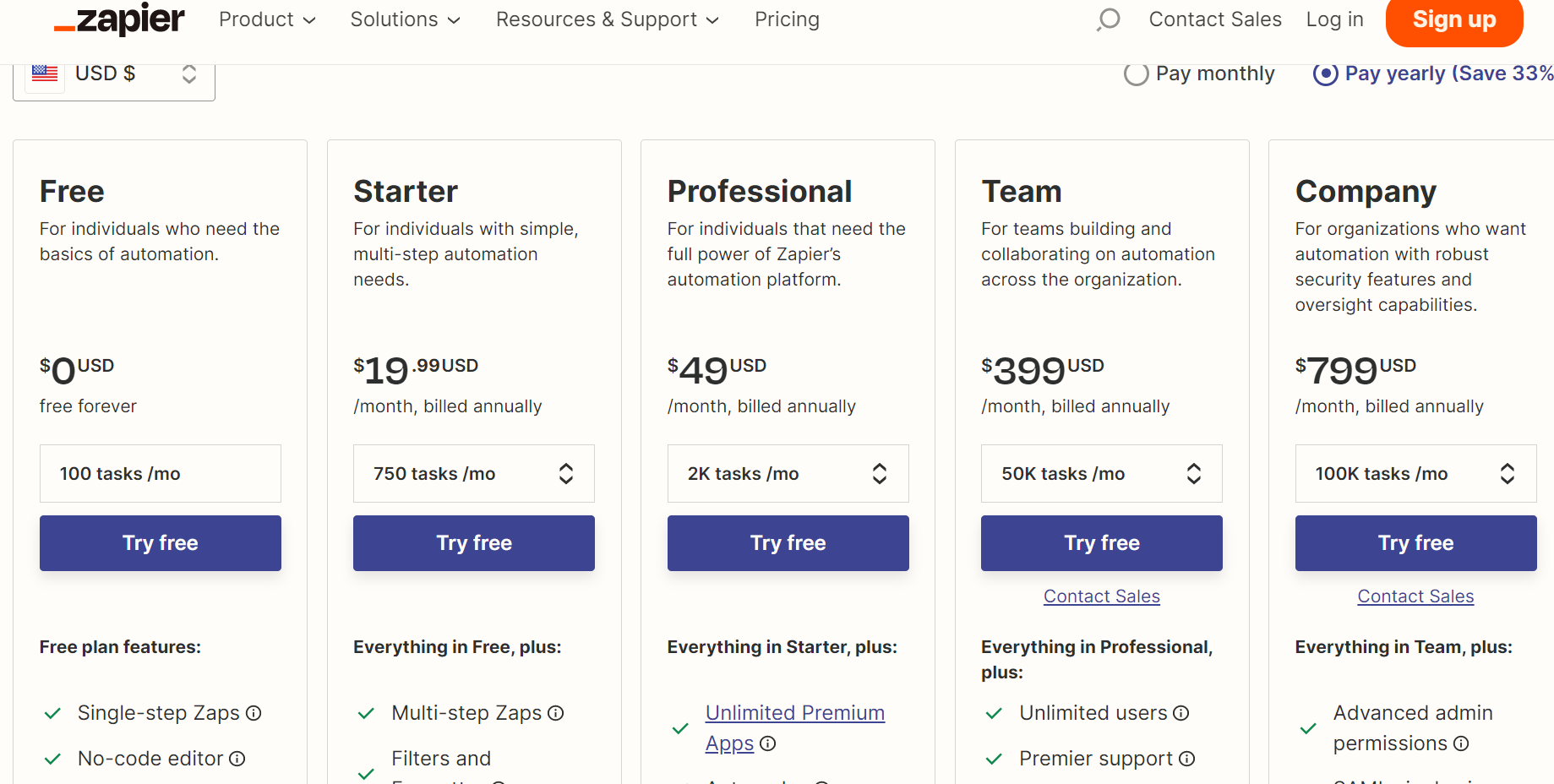
They offer pocket-friendly solutions for different teams and business owners for simple and complex integration solutions.
2. Workato
Workato is an iPaaS integration platform for mass integration and workflow automation across your business. It enables businesses to connect and automate workflows across various cloud-based applications and on-premises systems.
It also allows users to create “Recipes,” which are a set of commands that automate complex workflows that integrate data and actions between different applications.
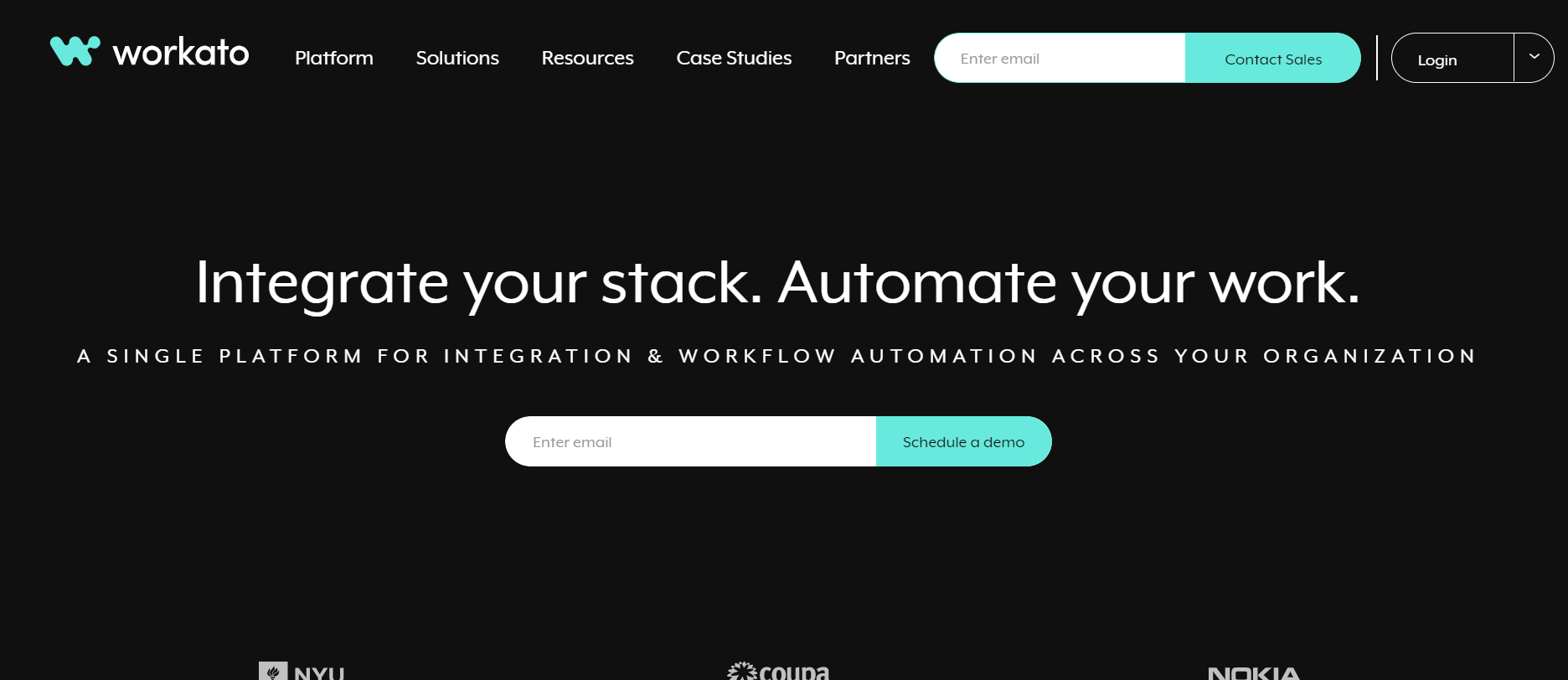
It relies on components, such as triggers and actions. Triggers specify an activity that you can either set to happen automatically or schedule for a specific time. Actions have several steps and conditions, and each connector has unique actions.
Workato offers a variety of pre-built connectors that businesses can use to build new integrations. It also has 500,000 ready recipes you can use to automate business operations.
Benefits
- Enterprise power offers AI, bots, and intelligent data loss prevention.
- Serverless operation suited for scaling your business without DevOps tools.
- Maximum security and data protection that offers on-cloud and on-premise data integration.
Pricing
Workato allows you to pay for what your business needs.
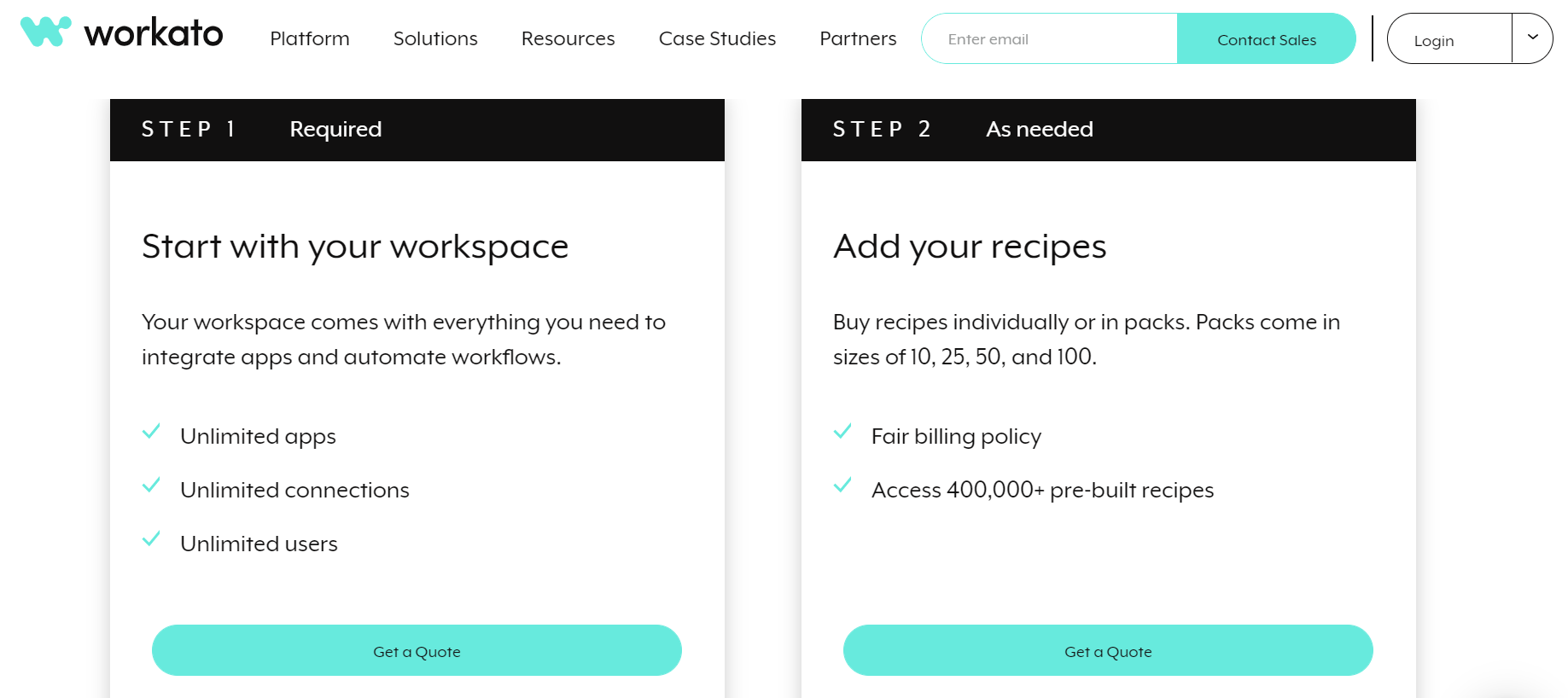
The regular package gives you unlimited applications, connections, and users, while the as-needed package lets you use the over 400,000 pre-built recipes in sizes of 10,25, 50, and 100. You have to request a quote depending on what you need.
3. Syncari
Syncari is a no-code integration platform that offers data synchronization, management, and analytics that help you solve common data problems, such as inconsistencies and integration challenges.
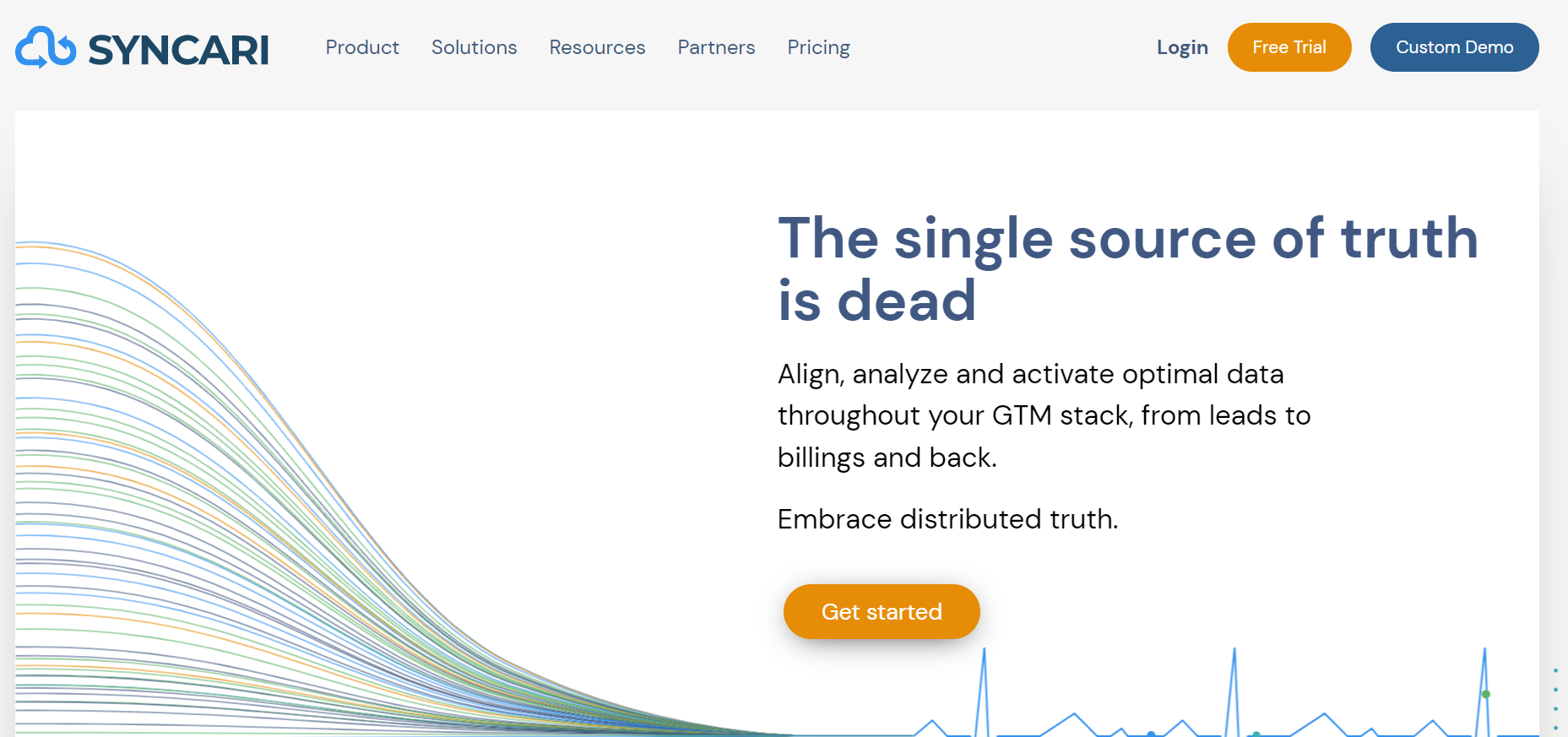
They help you align and analyze data throughout your GTM stack through effortless data automation. It enables you to sync and unify data as your business grows.
Syncari Synapses relieve the manual work involved in API integration by letting you configure them in a few simple steps. They connect to your business system, making it easy to manage data and changes across the GTM stack with little to no errors.
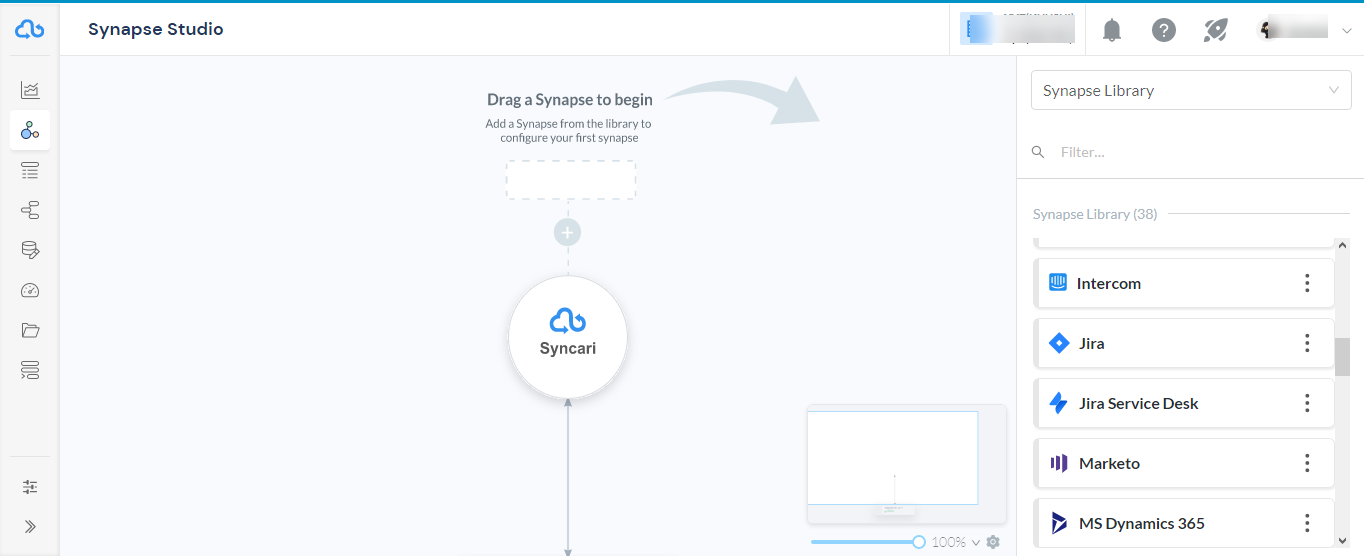
Syncari has a sync engine that shares data across every team as needed so you can make informed decisions with accurate data.
They have various pricing options to meet your every demand. From starters for RevOps with small teams to enterprises, Syncari is determined to make data automation and integration easy.
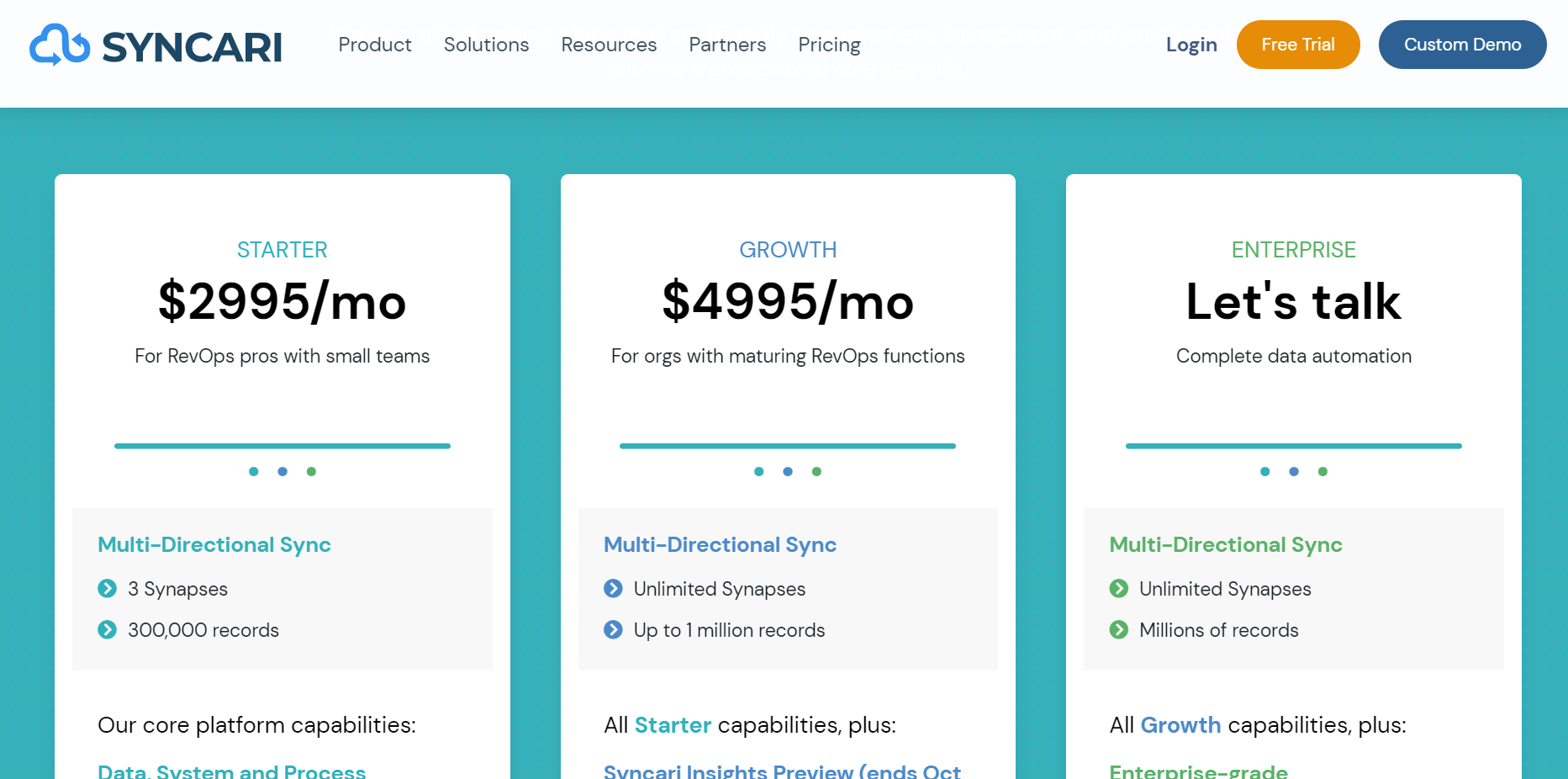
4. Celigo
Celigo is a cloud-native integration platform that offers various types of integration for applications, data, and B2B, with an assurance of data security and governance. The company’s platform is called “Celigo Integration Platform” that enables seamless integration between various cloud-based applications, helping organizations streamline their data and workflows.
It’s determined to simplify the data automation process so all in business can build or deploy integrations.
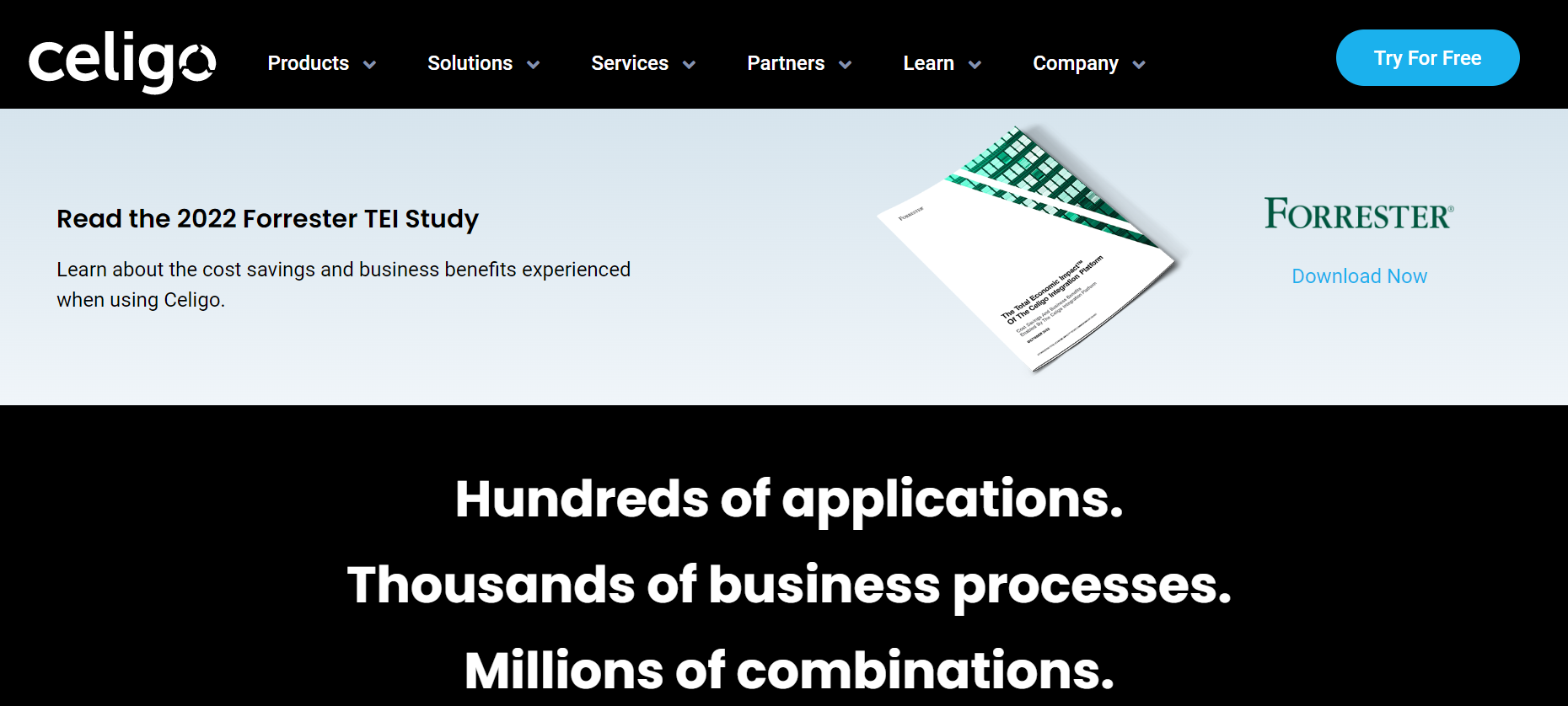
Business and tech staff use an intuitive user interface to create business automation processes.
Advantages of using Celigo
- Pre-built automation
- No-code platform used by all teams
- Robust dev integration solution for tech teams to build integrations with custom codes
- Access controls for authorized members to build or update integrations
- Data security and compliance with global data privacy laws
Platform features
- Managed platform and connectors with new features, connectors, and updates that grow with your business
- Reusability of integration assets to develop new integrations and workflows
- Ability to change apps according to your business requirements
- AI machine learning assists you in building integrations and correcting errors.
Celigo offers a 30-day free trial period that gives you unlimited integration, flow, and data transaction, a business process automation framework, enterprise-grade security and compliance, and 100% automation of business processes.
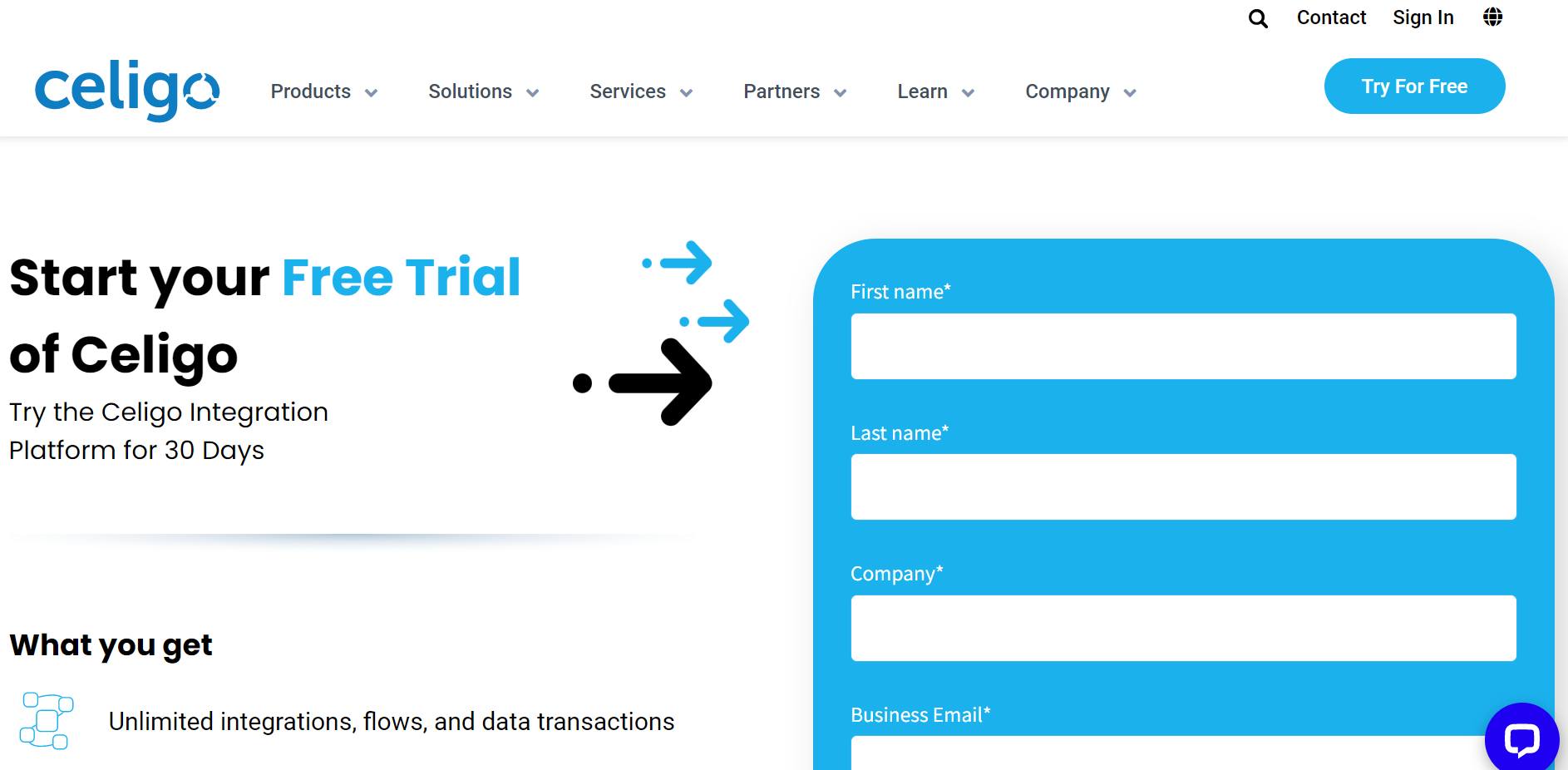
5. Boomi
Boomi, also known as Dell Boomi or Boomi Integration, is a cloud-based integration platform that connects your apps, automates workflows, syncs, and discovers data. It facilitates the seamless connection and integration of applications, data, and processes within an organization’s IT ecosystem.
Boomi is a product of Dell Technologies and is part of the Dell Boomi AtomSphere platform. With Boomi, you eliminate data and application silos in the cloud and on-premise environment.
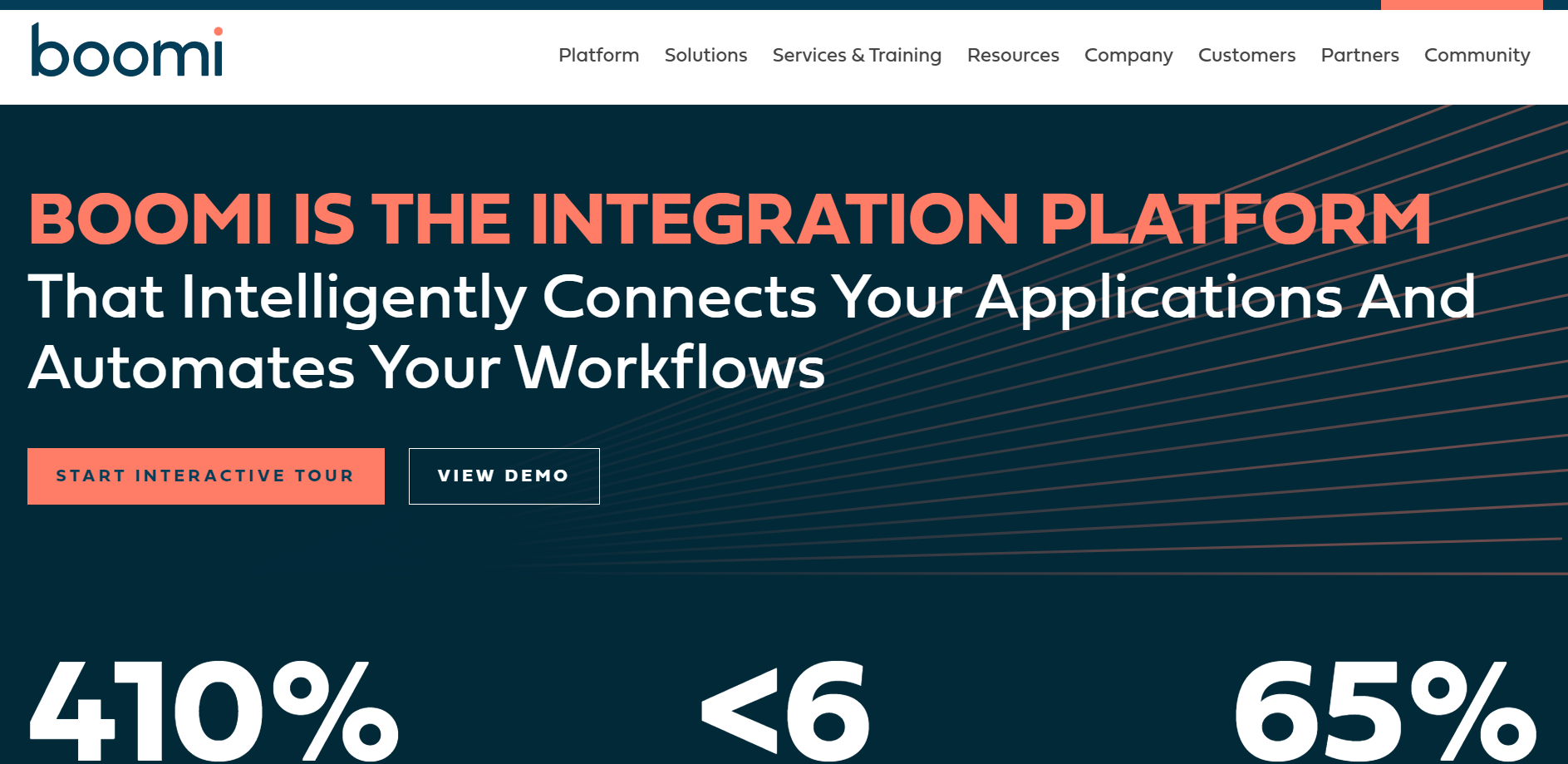
It has a drag-and-drop feature that increases the speed of data integration and has intelligent integration for configuring and testing errors.
Platform features
- Master data hub- Syncs your data across the entire enterprise to give you visibility and access to data through one platform.
- B2B/EDI management- Thie feature supports communication between your trading partners by combining different components in one platform for easy access and resolving errors.
- API management- It allows you to design and scale through Boomi API management, which allows third-party access across the system. You can also restrict access depending on the role, whether in on-premise or cloud environments.
The platform offers a 30-day free trial period, letting you experience a streamlined work process and automation.
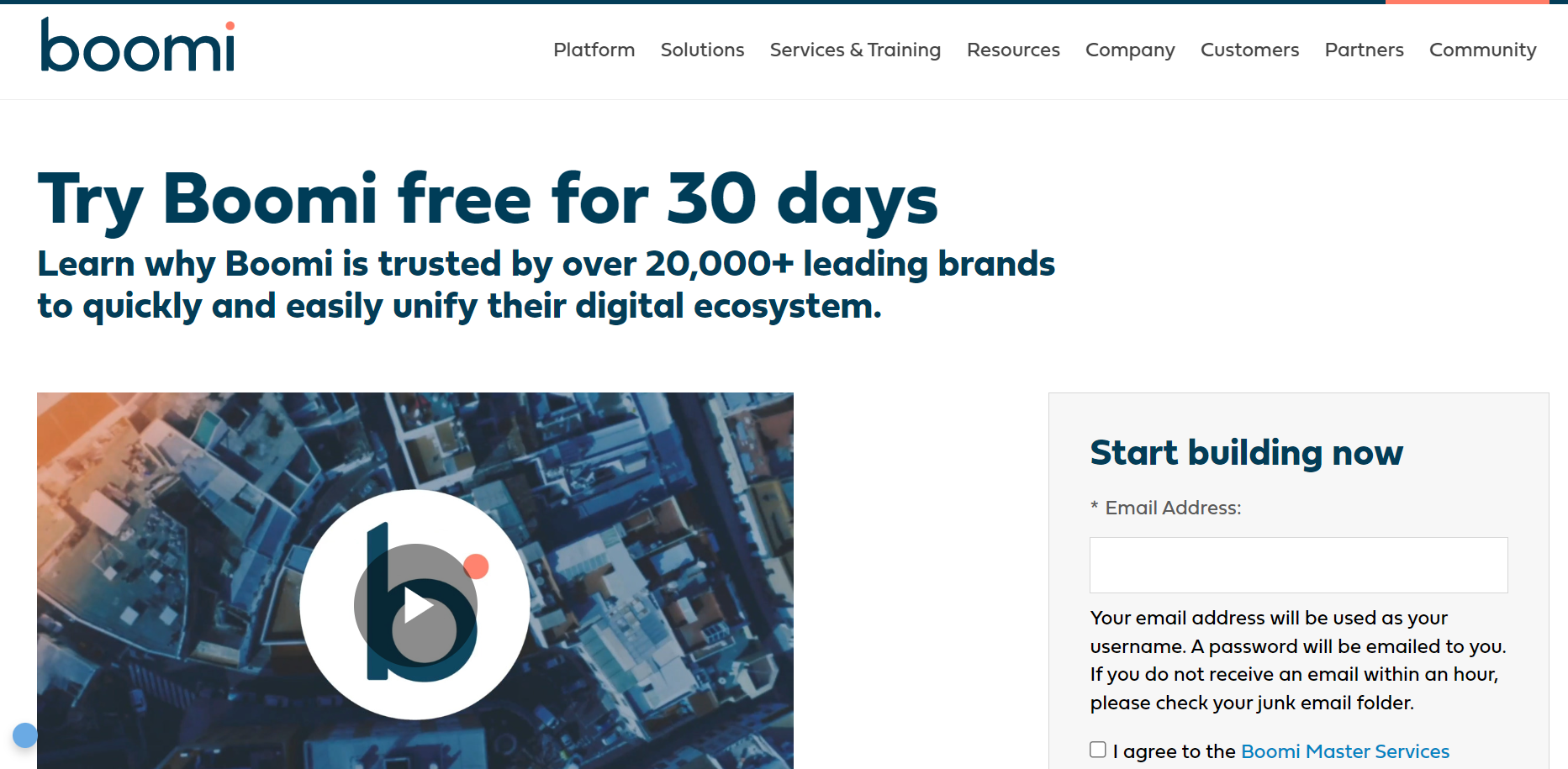
6. Informatica
Informatica is a leading data integration and data management software company. It provides a comprehensive suite of products and services that help organizations integrate, manage, and govern their data efficiently across various systems and platforms.
It has an AI engine called Claire that helps you manage, govern, and unify data from different sources on one platform.
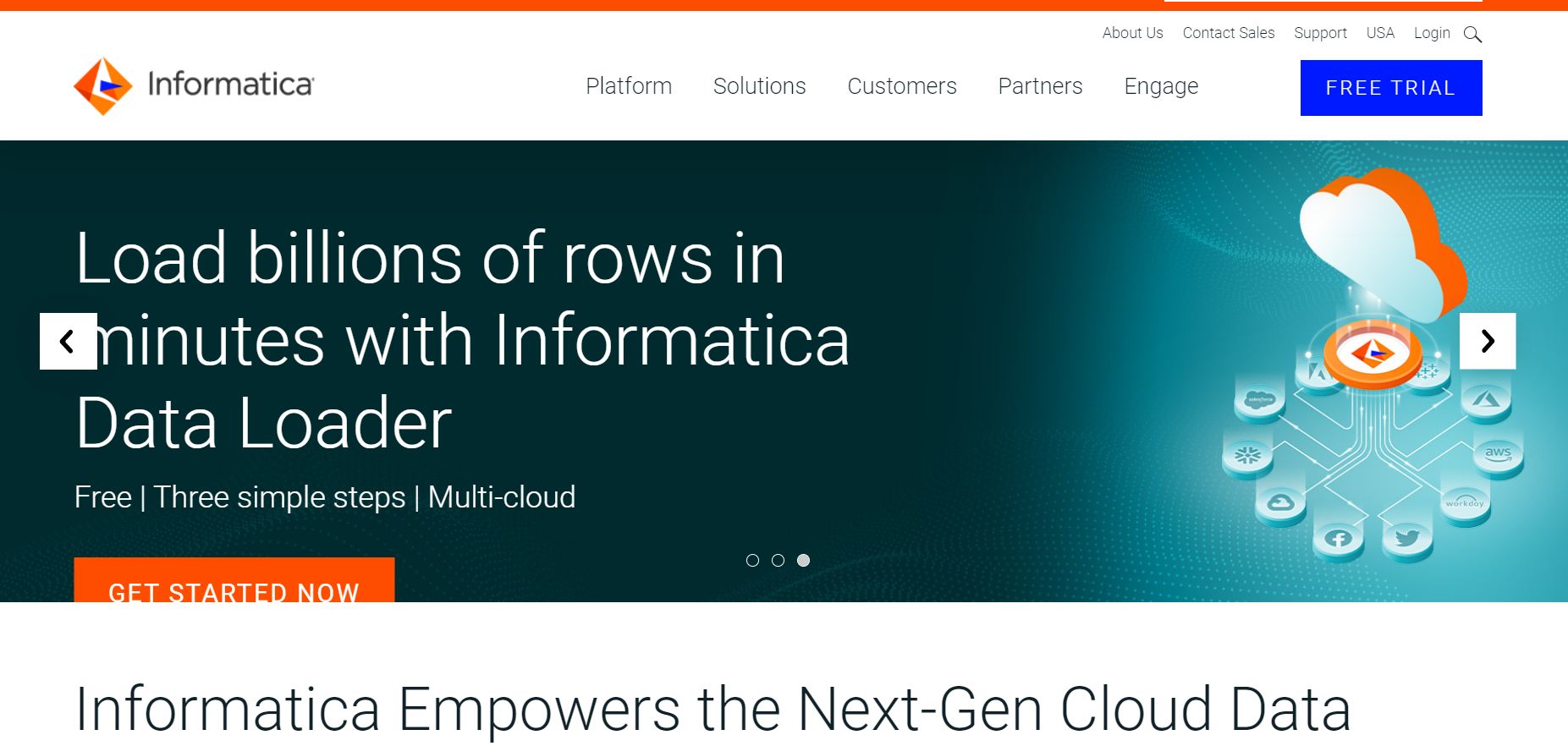
Products
- Data catalog lets you discover, classify, and organize your data. You can collaborate with teams and members to validate and prepare data from all platforms.
- Data engineering builds pipelines in the cloud for AI and advanced analytics without relying on a server. The Claire AI improves productivity by automating data pipelines.
- Data quality and governance- Companies can leverage quality data to make vital business decisions.
Informatica offers a free trial to see how data integration can solve common business challenges. The trial extends for 30 days, upon which you can contact the sales team so they can guide you on the best Informatica plan for your business.
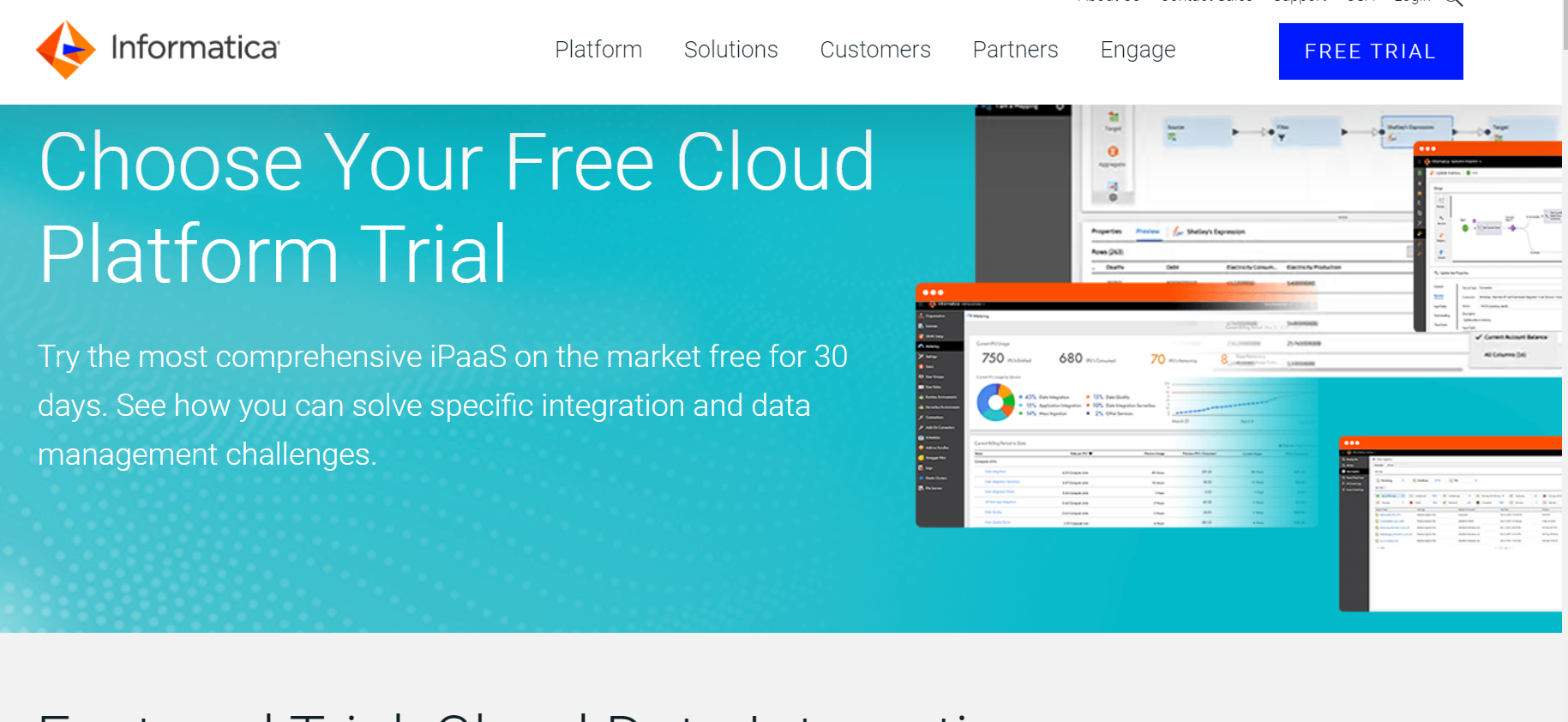
Top SnapLogic Competitor: What sets Syncari apart
By independently unifying data from every system of record, Syncari has developed a novel technique for assisting revenue operations teams in aligning all GTM teams. The hassles of manually extracting and ingesting data from one software to another can be avoided, allowing businesses to be more innovative. Operation experts can organize and purify customer data across the entire company.
When comparing Syncari with Snap Logic, here are the different use cases:
- If your primary focus is on maintaining data consistency, resolving data quality issues, and establishing a single source of truth, Syncari may be the better choice.
- If your main goal is to integrate and automate workflows between multiple applications and systems, SnapLogic’s visual integration interface and pre-built connectors can help you achieve that.
Ultimately, the choice between Syncari and SnapLogic depends on your organization’s specific needs and the nature of your data management and integration requirements. It’s essential to evaluate each platform’s features, capabilities, and pricing to determine which one aligns better with your business goals.
[Related: Syncari vs. Snaplogic]
An operational analytics platform like Syncari makes it simple for data teams to streamline their data pipeline by adding extra features like a no-code automation tool.
You can use any of these integration platforms to automate and integrate your data. However, if you’re looking for a transparent and customer-friendly plan, Syncari offers three packages tailored to different teams and organizations with no transactional bills.
They also offer a 30-day free trial that gives you complete 360 visibility of your data. So, choose a cloud data platform that fits your needs financially and provides free tools to help you combine data from various sources and applications.
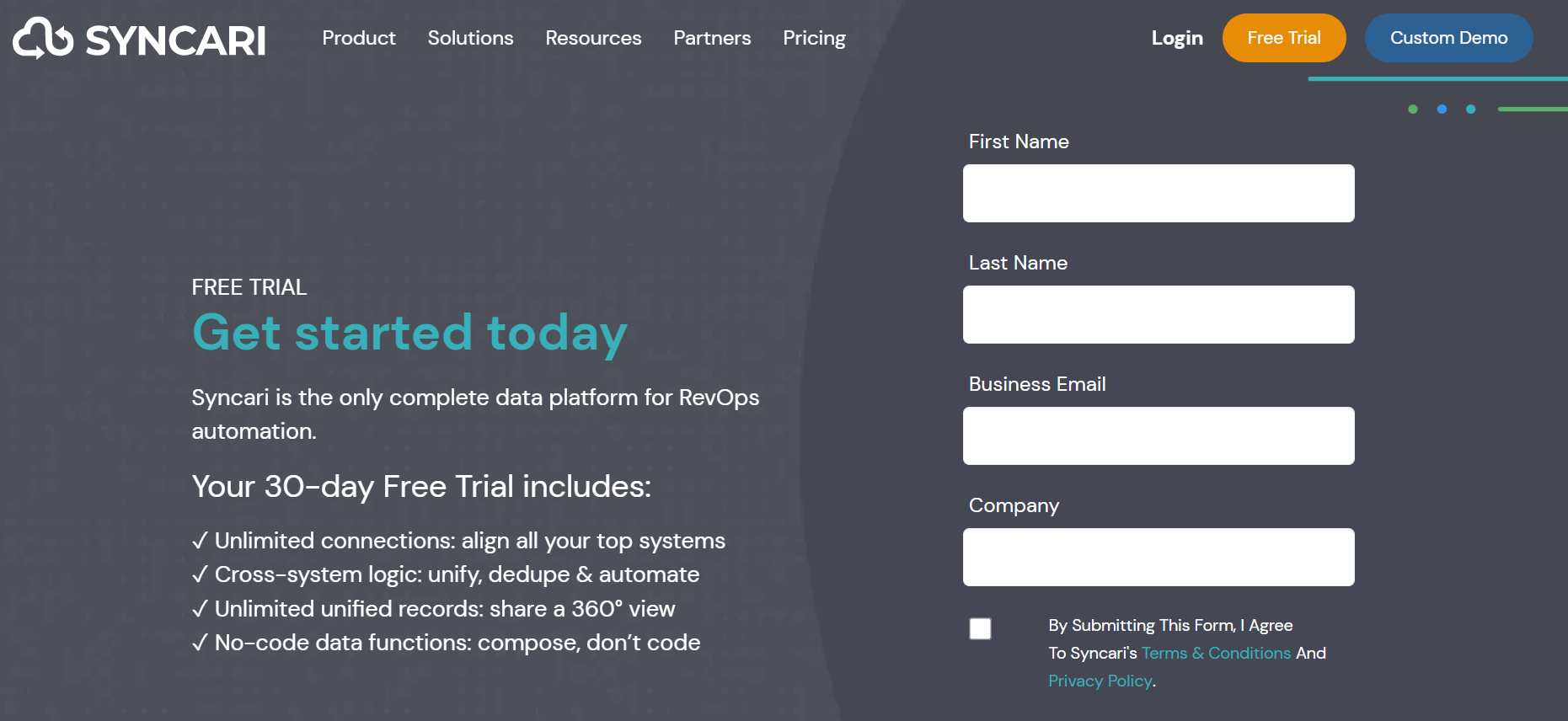
Features:
- Unlimited connections
- Cross-system logic to unify and automate data
- Unlimited unified records
- No-code data functions
If you’d like to schedule a demo before purchasing any of the plans, you can do so on the website.
